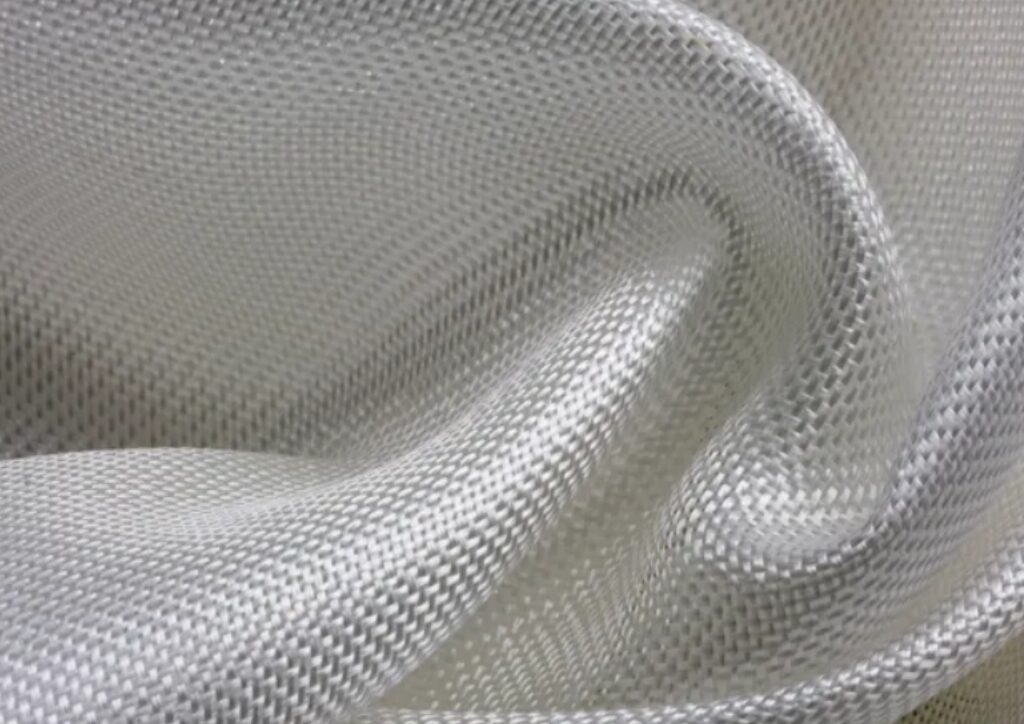META MATERIALS AND SUPER STRONG STRUCTURES

Meta materials are manmade materials with unusual properties not found in nature. Meta materials can enable the extreme miniaturization of existing optical and other devices and be customized to support novel properties currently not accessible with existing materials.
Meta materials could build better smartphone camera lenses, contribute to making efficient solar cells less bulky, construct advanced satellite trackers, serve as portable, energy-efficient satellite communication units for soldiers on the battlefield, and enable silent machine processing through noise cancellation.
Ron has investigated a range of metamaterials including space-based astronomy and remote sensing systems that would benefit from extremely large aperture mirrors and antennas that can permit greater resolution images. His expertise in applied physics and mechanical engineering has led to the development of metamaterials that resemble composites, where the connectivity between the component materials or shape and arrangement of the component materials is dynamically controllable. Ron holds multiple patents and inventions in super strong metamaterials capable of testing and building structures at the micro level. Meta materials built from micro structures tested and filtered below material defect density, are sometimes called “super materials” and can be constructed using micro robotic systems such as the levitated micro factory system.
WHAT IS A META MATERIAL?
A metamaterial is a material engineered to have a property that is not found in nature. They are made from assemblies of multiple elements fashioned from composite materials such as metals or plastics.
Duke University defines metamaterials as “…artificially structured materials used to control and manipulate light, sound, and many other physical phenomena. The properties of metamaterials are derived both from the inherent properties of their constituent materials, as well as from the geometrical arrangement of those materials…”
Development strategies for metamaterials and functional materials focus on structures that produce unusual and exotic electromagnetic properties by manipulating light and radio waves in ways that have never been naturally possible.
Metamaterials gain their properties not as much from their raw material composition as from their exactingly designed structures. The precise shape, geometry, size, orientation, and arrangement of these nanostructures affect the electromagnetic waves of light to create material properties that are not easily found in nature.

Meta materials are manmade materials with unusual properties not found in nature. Meta materials can enable the extreme miniaturization of existing optical and other devices and be customized to support novel properties currently not accessible with existing materials.
Meta materials could build better smartphone camera lenses, contribute to making efficient solar cells less bulky, construct satellite trackers that never need to move, serve as portable, energy-efficient satellite communication units for soldiers on the battlefield, and enable silent machine processing through noise cancellation.
Ron has investigated a range of metamaterials including space-based astronomy and remote sensing systems that would benefit from extremely large aperture mirrors and antennas that can permit greater resolution images. His expertise in applied physics and mechanical engineering has led to the development of metamaterials that resemble composites, where the connectivity between the component materials or shape and arrangement of the component materials is dynamically controllable. Ron holds multiple patents and inventions in super strong metamaterials capable of testing and building structures at the micro level. Meta materials built from micro structures tested and filtered below material defect density, are sometimes called “super materials” and can be constructed using micro robotic systems such as the levitated micro factory system.
WHAT IS A META MATERIAL?
A metamaterial is a material engineered to have a property that is not found in nature. They are made from assemblies of multiple elements fashioned from composite materials such as metals or plastics.
Duke University defines metamaterials as “…artificially structured materials used to control and manipulate light, sound, and many other physical phenomena. The properties of metamaterials are derived both from the inherent properties of their constituent materials, as well as from the geometrical arrangement of those materials…”
Development strategies for metamaterials and functional materials focus on structures that produce unusual and exotic electromagnetic properties by manipulating light and radio waves in ways that have never been naturally possible.
Metamaterials gain their properties not as much from their raw material composition as from their exactingly designed structures. The precise shape, geometry, size, orientation, and arrangement of these nanostructures affect the electromagnetic waves of light to create material properties that are not easily found in nature.

